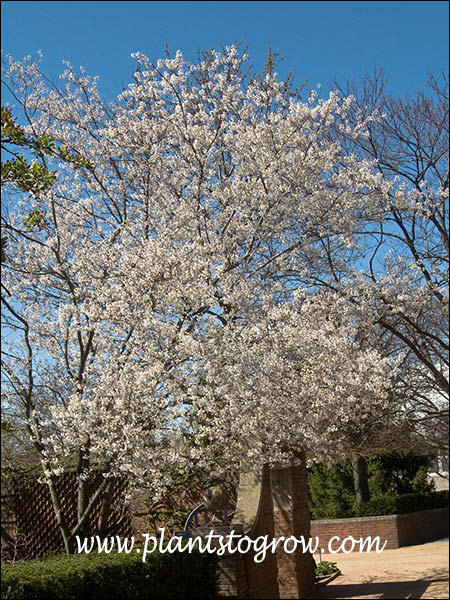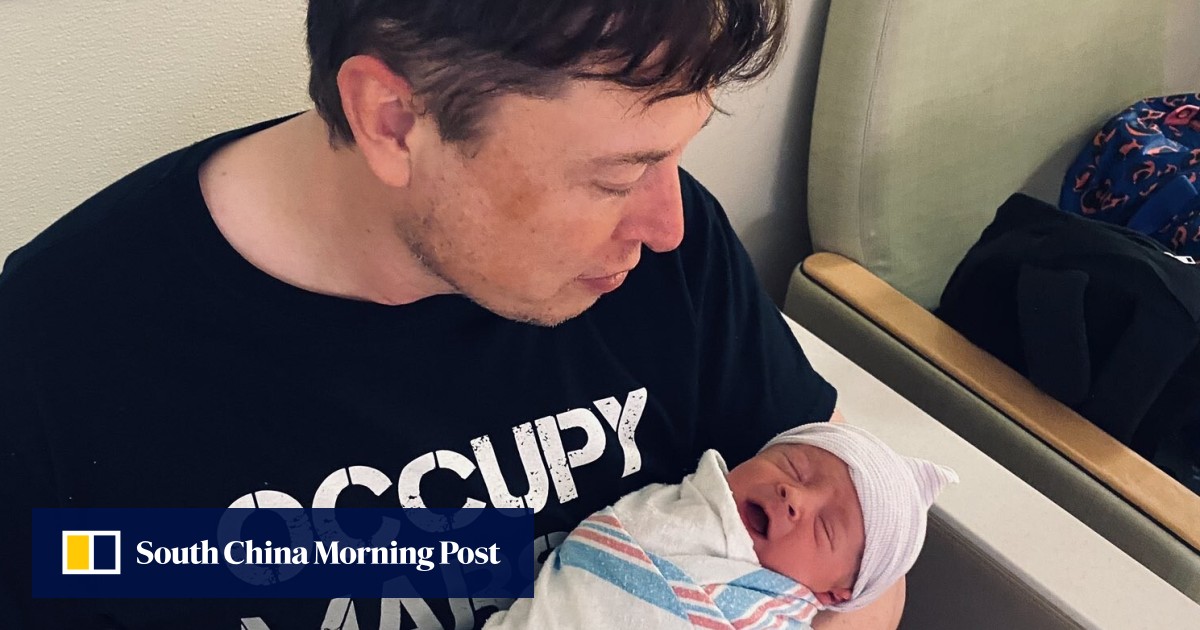
THE LECTURE that he’s been giving for a number of years is not-so-subtly called “Kill Your Lawn.” Ecological horticulturist Dan Jaffe Wilder knows that starting over and creating an entire native habitat instead of a lawn isn’t for everyone.

Did mention the tripod I ordered is still in the box it came in? Bad girl.) Onward, right? (Oh, and PS - my pro friend says “make the tripod your best friend” especially when working with long lenses, like the snake pic, which is shot w/a 70-300, or with macros. Alas!Ī photographer friend says that I may need two “macro” lenses, and I am still uncertain if this 60mm is the right one for me…but as I say, I am just trying to teach myself how it works before trading it in or keeping it and mastering the damn thing.


I was MUCH better with real film that I am with digital…these cameras are so much more complicated that my old Nikon F series were. I wish I could explain this like a professional, but I am just an amateur with a keen interest in looking at things and taking their pictures. So the “macro” thing is completely confusing to me mentally. In years past, I used an 18-55 and could get in pretty close but used very shallow depth of field (like F5.6 or 6.1 or some such). So when I select F22 or something even for a flower or two that’s better. Seems like the deal is that you need to REALLY give it lots of depth of field which since it’s macro (or as the box says “micro”) isn’t much depth of field relatively speaking. Each day I force myself to work with it, and I am improving, but not there yet by any means.

I am practicing use of a fixed 60mm macro right now (AF-S Micro Nikkor 60mm f/2.8 G ED) and wow, it’s hard. A powerful camera! Daunting, but I am trying.Įach shot is different lens…some zoom, some macro. Thumb Geeks: I have the D700, too, for the last month, so I am VERY amateurish with it still.


 0 kommentar(er)
0 kommentar(er)
